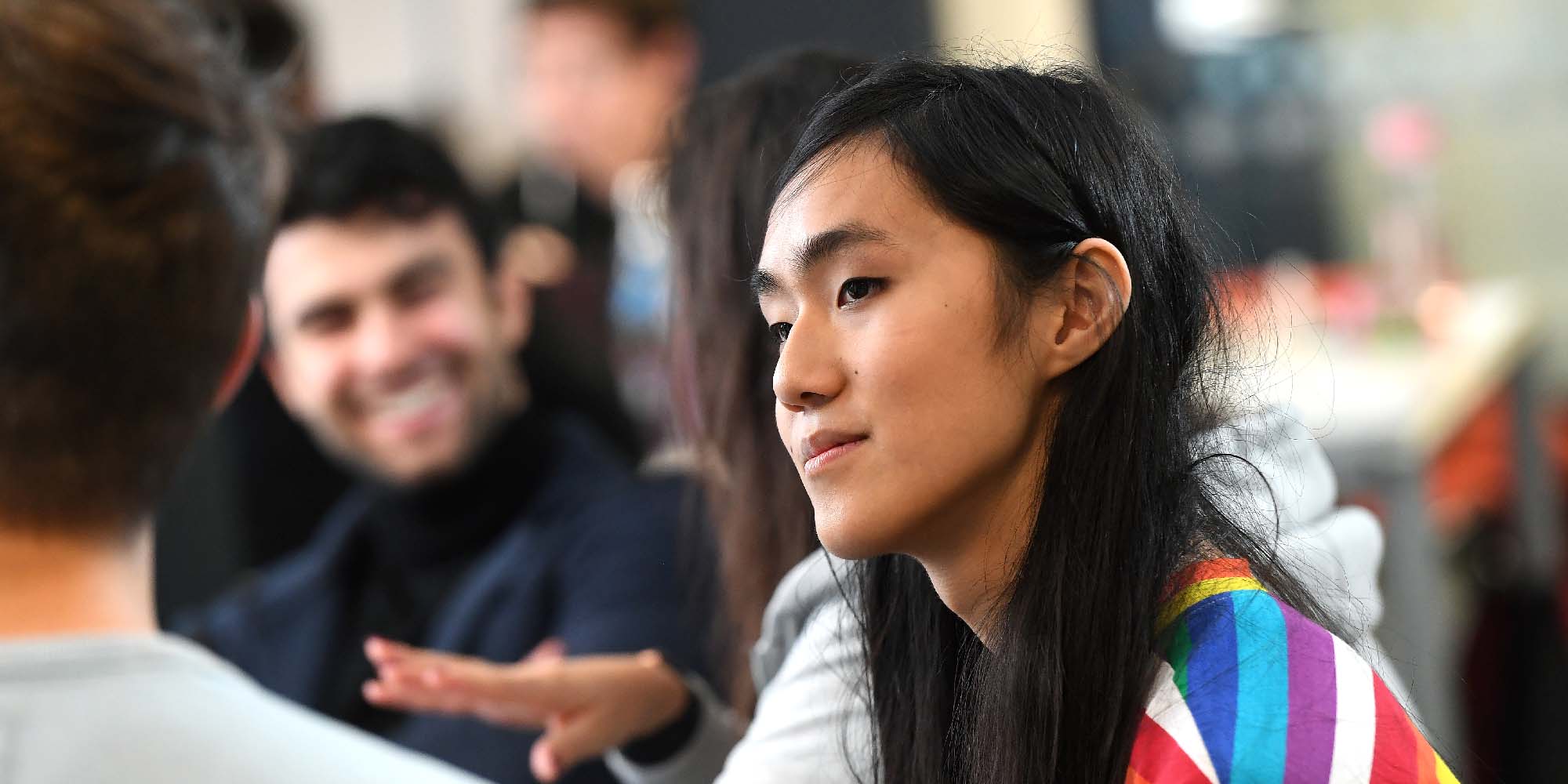Postgraduate research opportunities Identifying tissue structure from spatial location and distribution of cells: Integrating mathematical and artificial intelligence algorithms with vision-language models
ApplyKey facts
- Opens: Thursday 12 October 2023
- Deadline: Friday 1 December 2023
- Number of places: 1
- Duration: 3.5 years
- Funding: Home fee, Stipend
Overview
This project addresses a major imaging problem from biomedical research, by working with a range of image modalities including standard histological analysis, multiplexed biomarker analysis with diverse applications across oncology, inflammatory, cardiovascular and metabolic diseases.Eligibility
Applicants should have, or be expecting to obtain in the near future, a first class or good 2.1 honours degree (or equivalent) in mathematics or in a closely related discipline with a high mathematical content.

Project Details
Imaging science is a relatively new branch of applied mathematics for emerging applications in almost all areas of cutting-edge research. The field is growing rapidly as new technologies are constantly driving the development.
This imaging project is an opportunity to undertake one of our new and exciting cross-disciplinary projects lying at the interface of mathematics and cancer medicine. The candidate does not need to have any knowledge in cancer diseases or medicine but will need strong mathematical knowledge through a degree in maths, or in computer science / physics / engineering with essential maths components, as well as good programming skills.
This project addresses a major imaging problem from biomedical research, by working with a range of image modalities including standard histological analysis, multiplexed biomarker analysis with diverse applications across oncology, inflammatory, cardiovascular and metabolic diseases. We will work with both public datasets and also real-life datasets from the collaborating company; visiting the company and being able to communicate and work with non-academics are expected for the project (for the latter some training will be given). Advanced geometry by way of PDEs or energy minimization functionals has been widely used in mathematical imaging. However, the aim of the project is to design vision-language frameworks, which uses mathematical models and deep learning methods to analyze image of cells and tissues and transfer flexibly to both vision-language understanding and generation tasks and describe the complexity in the tissue in the form of sentences.
To do this, the successful candidate will first be trained to understand current data analysis pipelines to co-register, collate and interrogate information across different data types and length-scales (resolution-wise). This is about multimodal imaging and involves variational models and deep learning algorithms for such multiscale problems. Then he or she will investigate how large language models (LLMs) work for these biomedical images by way of interpretation. LLMs have exhibited exceptional ability in language understanding, generation, interaction, and reasoning. Here language is used as a generic interface to connect vision-based AI models to solve AI tasks in the biomedical context.
The new method is expected to consider spatial location, cell multiple interactions and neighborhood information, fundamentally different from traditional clustering methods such as K-means. From this project, a student can get trained in advanced mathematics, imaging models, biomedical knowledge, deep learning algorithms and novel natural language models. The achieved approach will serve as a key step toward advanced artificial intelligence in computational pathology and acceleration of new drugs development.
Overall, this studentship is attractive because the topic under study is interesting and modern and a candidate has the flexibility to focus on all or just one of the key components: maths, AI and NLP in terms of leading research. Apart from the collaboration opportunity with a top UK company, there is also a collaborating possibility with Universities of Glasgow and Liverpool which the primary supervisor is strongly associated with.
Funding details
This is a fully funded scholarship by the University (covering both tuition fees and stipend for a UK student for 3.5 years) but the work will involve collaboration with the pharmaceutical company AZ (Astra-Zeneca). There is a strong possibility to add an industrial top payment on stipend beyond the level set equal to an UKRI studentship.
While there is no funding in place for opportunities marked "unfunded", there are lots of different options to help you fund postgraduate research. Visit funding your postgraduate research for links to government grants, research councils funding and more, that could be available.
Apply
Number of places: 1
To read how we process personal data, applicants can review our 'Privacy Notice for Student Applicants and Potential Applicants' on our Privacy notices' web page.

